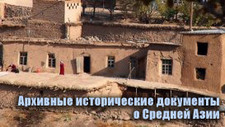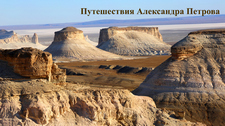You are here
Bassein Lake in Karkaraly mountains.
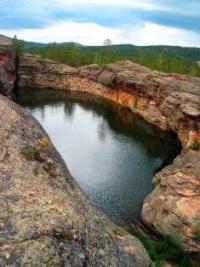
Ecological tours to Karkaraly national park.
"The road to both the Basin and the lake runs through lush gorges, lined with pine and birch forests, rosehip bushes, raspberry bushes, and tall grass. The ascent to the large mountain where the Basin is located is via a rocky stream bed, surrounded by high granite walls. The climb is quite steep in places. The walls at the mountain's summit end in a huge rectangular box of solid granite filled with water - the Basin. When the water accumulates sufficiently, it spills over the edge of one wall and runs down as a stream, the bed of which is the route through which the ascent proceeds. Despite the rocks, the mountain is completely overgrown with pine trees. From the Basin, a marvelous view opens onto the Kuyandinskaya Plain with the blue Dzhiltau Mountains in the distance."
N. Ya. Konshin. "From Pavlodar to Karkaralinsk." 1901.
"Mountains are breath of planet, and lakes are its eyes."
Excursions to Karkaraly national park.
Lake Bassein is located at an altitude of 1,129 meters above sea level, 4.4 kilometers northwest of city of Karkarlinsk, 3.1 kilometers northeast of Lake Shaitankol, and 6.8 kilometers southeast of Mount Shankoz. It is located in Karkaraly Mountains, part of Karkaraly National Nature Park, in Karkaraly District in eastern Karaganda Region.
Lake Bassein is one of the most beautiful places in the Karkaraly Mountains. The lake extends 88 meters from southwest to northeast, and its greatest width in the southwestern part reaches 26 meters. The lake covers an area of 1,396.46 square meters, and its shoreline extends 201.11 meters.
The southwestern end of the lake is dissected by a granite cliff, which divides this part in half and forms narrow bays. Almost the entire perimeter of the lake is surrounded by high, sheer granite cliffs, ranging from 4 to 7 meters in height. Only the northeastern part of the lake is free of sheer cliffs, and in this area one can get right up close to the lake.
Lake Bassein is a hidden chalice in Karkaraly. Amid the rugged granite and pine ridges of Karkaraly, where the mountains seem to merge with the sky, lies one of the most mysterious and poetic lakes in the eastern part of Kazakhstan's low hills – Lake Bassein.
Its tranquil surface conceals an ancient memory of a time when the earth rose and cracked from geological cataclysms, and the wind, sweeping across the rocky peaks, first brought here the seeds of future pine forests. The lake is located in the eastern part of the Karkaraly National Nature Park, in the Tasbulak valley, among intricately jagged granite ramparts.
You can reach it on foot along the ecological trail from the Sosnovy Bor holiday home (2.7 kilometers) or the Karkaraly ski resort (3.2 kilometers). The route is easy but picturesque: the road winds through centuries-old pines, crosses streams gushing from the rocks, and gradually leads the traveler into the quiet granite basin where the Bassein lies – quiet, deep, and transparent, like the eye of the mountain itself.
Origin and Natural Features of Granite Lake Bassein in Karkaraly Park.
Geologists believe the lake formed as a result of a deep fault in the granite massif, which over time filled with meltwater and groundwater. Its shape is almost quadrangular, with a diameter of approximately 201 meters, and its depth in places reaches 2 to 5 meters.
Lake Bassein in Karkaraly National Park is tectonic in origin - it formed as a result of ancient earth movements, when granite crustal layers were uplifted, creating its characteristic mountainous terrain. In the depression between these uplifts, a closed basin formed, into which, over time, surface and groundwater began to flow.
This is how the lake formed, fed by rain and meltwater collecting from the surrounding mountain slopes. The lake is located within its own drainage basin - a natural depression surrounded by watersheds. All streams and torrents originating on the slopes of the Karkaraly Mountains flow here.
Since the lake has no surface runoff, it is classified as an endorheic lake, and its water level is directly dependent on precipitation and groundwater inflow. From the south and west, the Basin is surrounded by steep cliffs, in places covered with lichens and mosses, and from the north side a gentle slope descends towards it, covered with various grasses and young pine trees.
The water here has a slight greenish tint. Even on hot summer days, the water temperature doesn't exceed 12°C, fed by cold underground springs. In the morning, a light mist hovers over the lake's surface - the breath of the earth awakening in the sun.
Scots pine, silver birch, rowan, and juniper grow around the lake. Saxifraga, meadow grass, and purple sedum are found on the coastal slopes, while mosses and club mosses grow in shady spots. Birds include blackbirds, chukar partridges, nuthatches, and nutcrackers. Roe deer sometimes come to drink, and squirrel and weasel tracks are visible right next to the trail.
Legend of Cup of Love - Lake Bassein in Karkaraly Mountains.
Karkaraly elders say that a stone mound once stood on the site of the lake, where a lonely girl named Sarysulu lived. Every evening, she lit a lamp on the top of the hill so that her lover, the hunter Yesen, could see the light and find his way home from the mountains.
One day, a terrible storm struck. Lightning struck the rocks, and the stones beneath Sarysulu's feet shook. The mound collapsed, hiding the girl beneath it. When the storm subsided, a deep depression formed where the mound once stood, and water gushed from the crevices.
This is how Lake Bassein was born, which the locals call "Zhurek kölі" - the lake of the heart. They say that in calm weather, if you gaze into the clear water for long enough, you can see the reflection of a girl holding a lamp - she still lights the way for lost travelers.
History of Exploration of Lake Bassein.
Lake Bassein was first mentioned in the diaries of XIXth-century travelers, including N. Ya. Konshin, who described the Karkaraly Mountains as "a kingdom of granite colossi, covered in pine." Later, in the early XXth century, local historians and geologists from Karaganda repeatedly visited the area, documenting the lake's parameters and water balance.
Black "autographs" by Pavlodar photographer Dmitry Polikarpovich Bagayev were left on the rocks in the northeastern part of the lake; the date indicates a visit to the lake on July 5, 1904, with his friend Plotnikov. During the Soviet years, it became a natural benchmark for studying hydrological processes in the Kazakh Uplands. T
emperature, mineralization, and water purity were monitored here - by all indicators, Lake Bassein remains one of the cleanest in the region.
A walk to Lake Bassein in Karkaraly Park.
The path to the lake lies along a simple trail, and just before reaching it, you must cross gentle cliffs. This amazing creation of nature, located high in the mountains, is a natural granite pool of a remarkably perfect rectangular shape filled with water, picturesquely nestled among a necklace of rocks and forested areas.
The lake can be reached via the "Stone Fairytale" route. The lake can only be reached on foot; the entire route takes four hours, including stops. Spring, summer, and fall are the optimal times of year to visit the lake. In winter, the lake freezes over; deep snow makes this route impossible.
A journey to the pool is not just a walk; it's an immersion in the silence of Karkaraly. The trail begins at the foot of a pine-covered slope. Within minutes, granite boulders appear – smooth, as if polished by the wind. From beneath one of them flows a stream, a silvery stream disappearing into the grass.
The path then climbs along ledges, where the scent of resin and rotting pine needles fills the air. After an hour of leisurely walking, the forest opens up, and suddenly the Pool appears before your eyes. The water is still as glass, reflecting the peaks, clouds, and the face of anyone leaning over it.
On the south side, there's a small platform for rest and observation - from there, you can particularly clearly see the morning sun illuminating the stone walls, and the shadows of the pine trees gently gliding across the water. Many tourists say this place seems to "gather your thoughts" - it makes you want to be silent, simply watching and listening to the breath of the mountains.
A poetic note about Lake Bassein.
Lake Bassein is more than just a body of water in the mountains. It's the living memory of the land, which remembers everything: the footsteps of ancient nomads, the whisper of the pines, the gaze of travelers who first saw the reflection of the sky in the deep bowl of water.
Here, time seems to slow down, and you feel that very connection with nature that you've never heard of before.
They wrote:
- "Mountains are the breath of the planet, and lakes are its eyes."
Glancing into the tranquil surface of the Bassein, you begin to understand: as long as such places exist, the world still has space for silence, kindness, and eternal contemplation.
Geographical coordinates of Lake Bassein: N49°25'13 E75°24'51
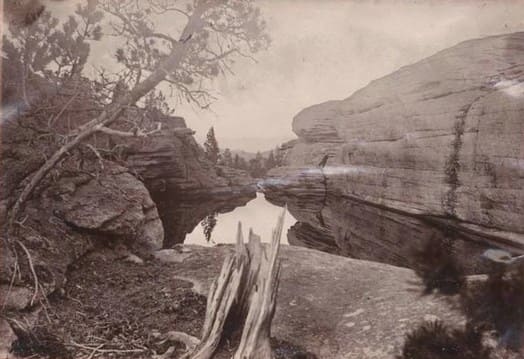
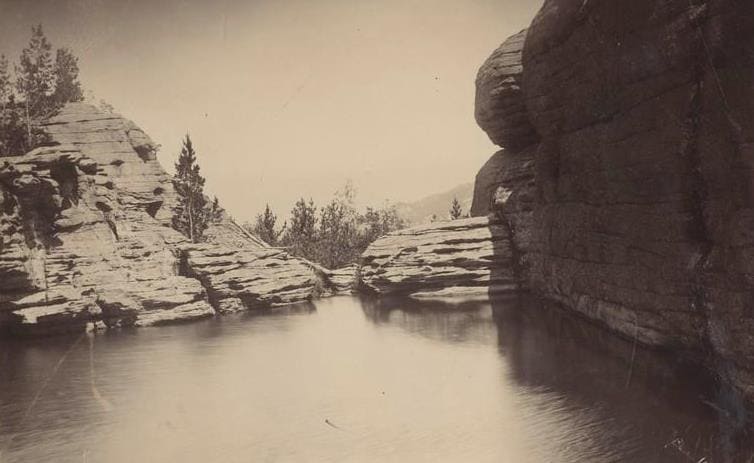
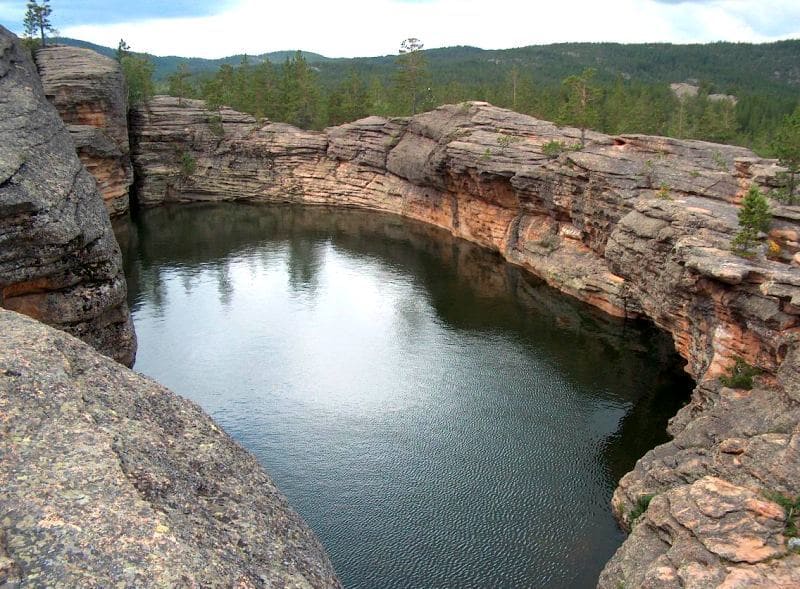
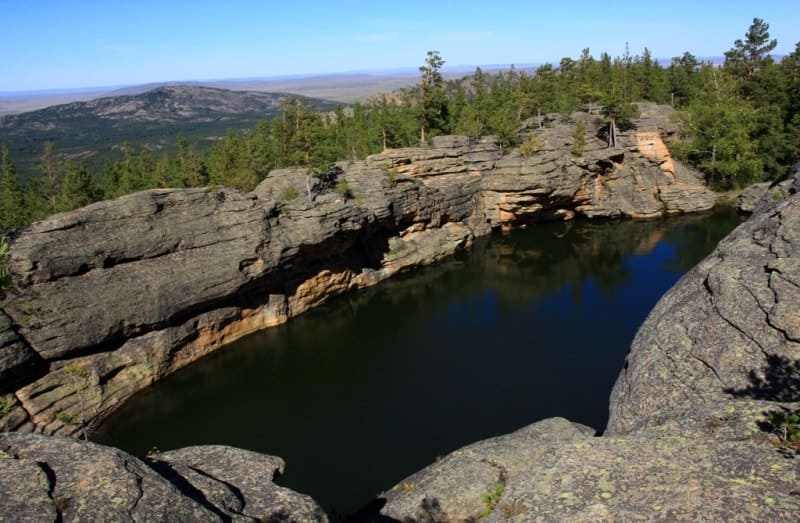
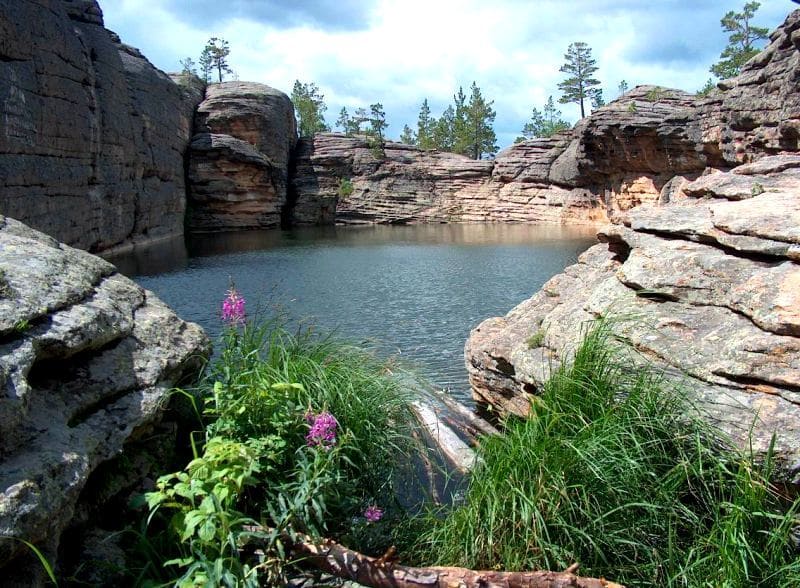
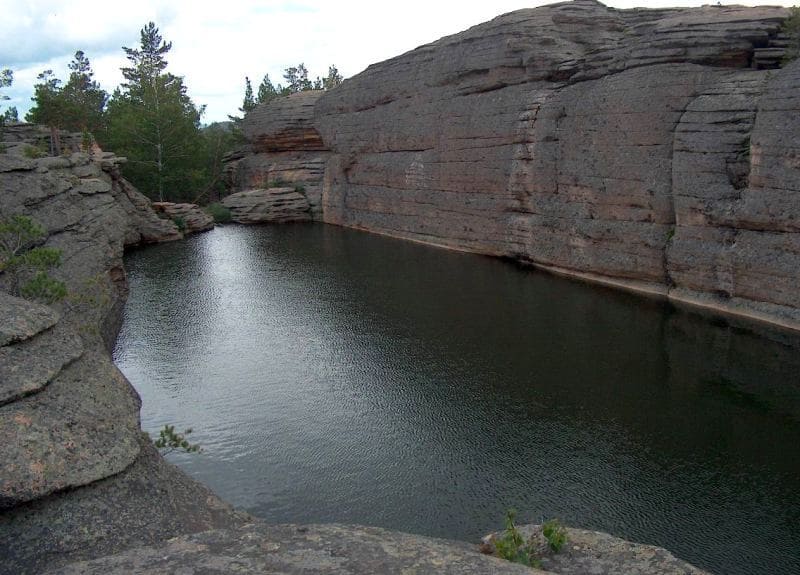
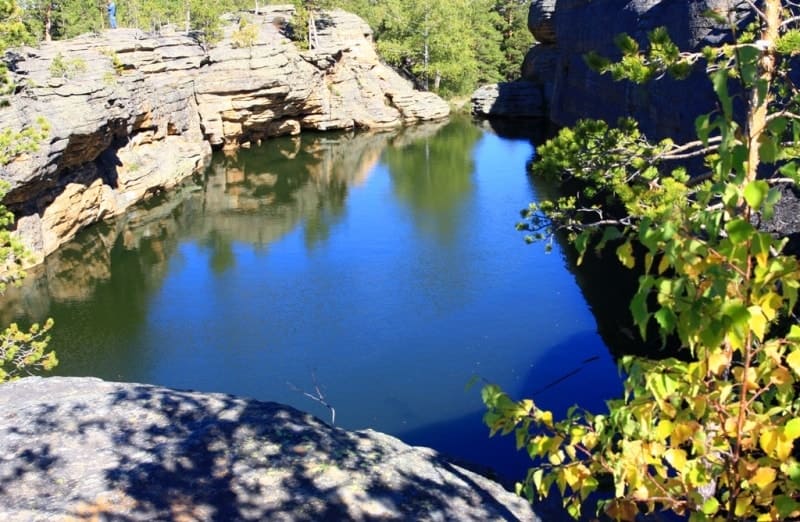
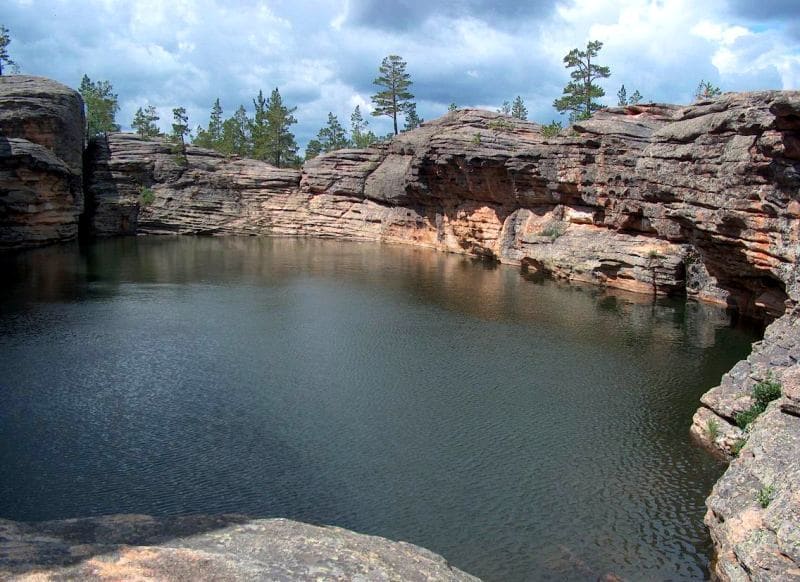
Authority and photos by:
Alexander Petrov.





